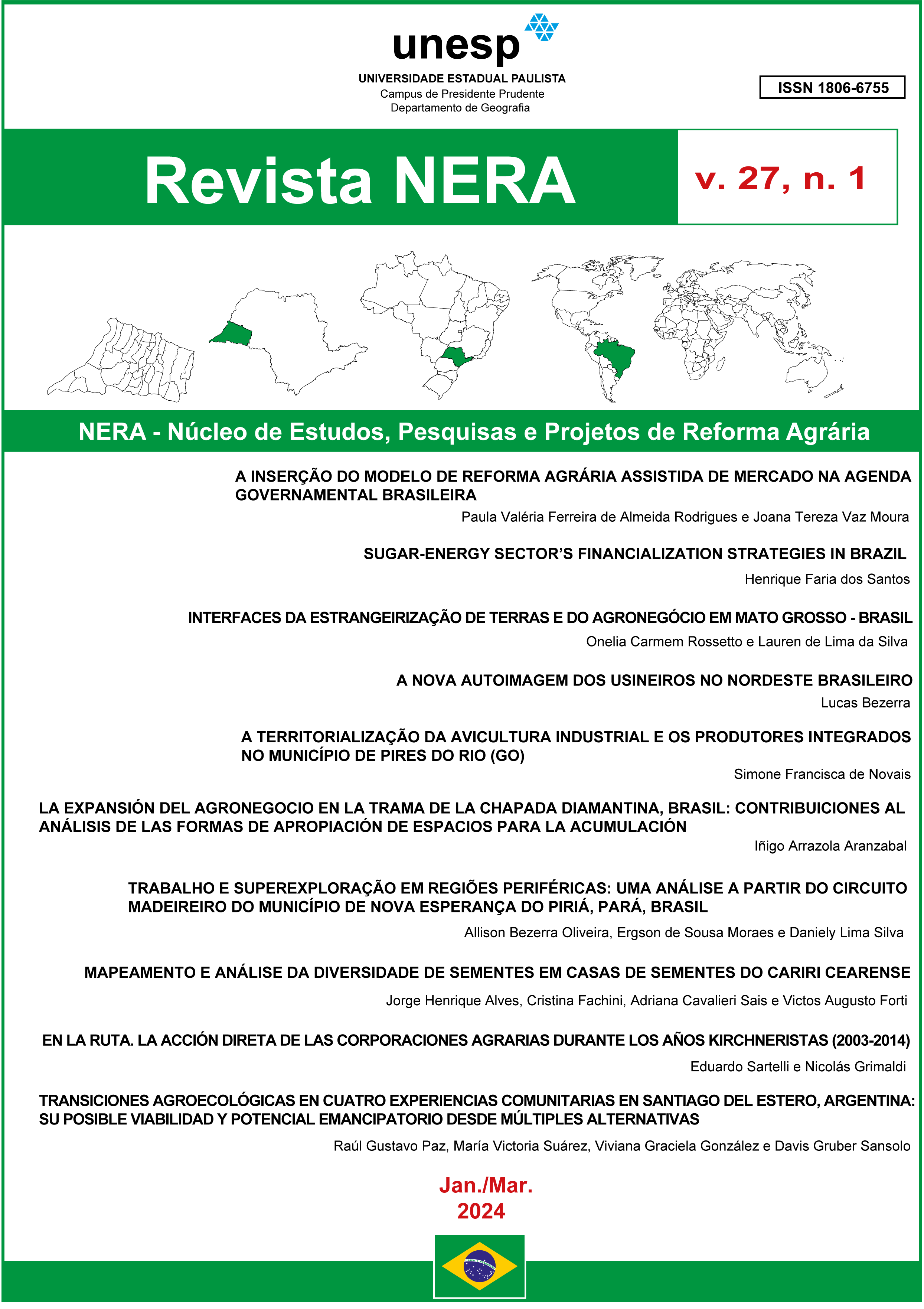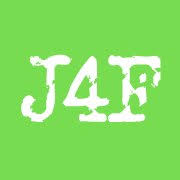Mapping and Analysis of Diversity in Seed House in Cariri Cearense
DOI:
https://doi.org/10.47946/rnera.v27i1.9864Keywords:
Landrace seeds; agrobiodiverity; social technologyAbstract
Creole seed houses are collective spaces that play important role in the Brazilian semi-arid region. Mapping and knowing the diversity of materials in seed houses in the region of Cariri Cearense is necessary to understand the impacts and advantages of this social technology, as well as allowing us to define strategies to strengthen these spaces. The aim of this work was to map Creole seed houses in Cariri Cearense and analyze the diversity of materials kept in them. For this, the seed houses were registered and mapped throughout the Cariri region using georeferencing to produce maps using the QGIS 3.26 spatial analysis tool. Based on visits, observations and collection of information regarding seed diversity, 13 active seed houses were identified, most of them present in the central region, where organized agricultural communities are concentrated and there is support from partner institutions in the management and structuring of these houses. There was a great diversity of seeds stored in the studied seed houses, with beans, corn, fava beans, rice, sesame and pumpkin being the main species.
Downloads
Downloads
Published
How to Cite
Issue
Section
License
Copyright (c) 2023 REVISTA NERA

This work is licensed under a Creative Commons Attribution 4.0 International License.
Os artigos publicados na Revista NERA devem seguir, obrigatoriamente, as diretrizes sobre ética e integridade na prática científica do Conselho Nacional de Desenvolvimento Científico e Tecnológico (CNPQ), disponíveis em seu sitio na internet (http://memoria.cnpq.br/normas/lei_po_085_11.htm). Em caso de infração às referidas diretrizes por qualquer texto publicado, o artigo será formalmente retirado de publicação, conforme a prática da comunidade científica internacional. A submissão de qualquer texto à Revista NERA implica na aceitação plena deste procedimento. As ideias e conceitos emitidos nos artigos são de inteira responsabilidade dos autores. Reforçamos que após a publicação do artigo o mesmo não será despublicado caso haja solicitação por parte dos(as) autores(as).
Lembramos que todos os manuscritos submetidos à Revista NERA são vereficados no software de similaridade "iThenticate". Os manuscritos com plágio verificado são automaticamente negados e os(as) autores(as) comunicados.
A licença utilizada pela Revista NERA é Creative Commons - Atribuição 4.0 Internacional (CCBY 4.0).
A política de arquivamento é a Licença LOCKSS.



















